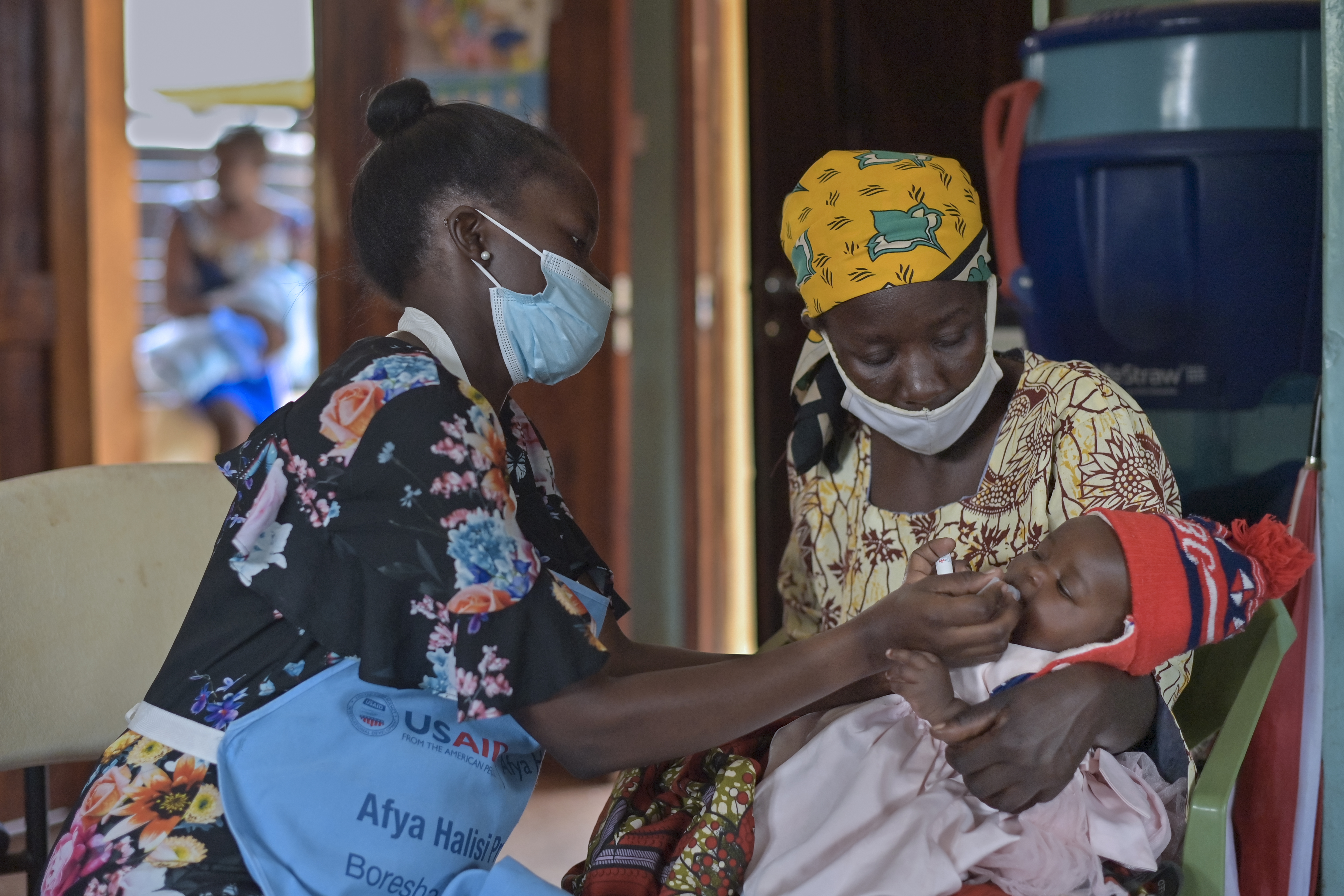Can Vaccines Protect Children’s Growth?
|

Child receives rotavirus vaccine in Kakamega County, Kenya. Photo: PATH/Anthony Karumba.
A decade ago, the groundbreaking Global Enteric Multicenter Study (GEMS) revealed the dangerous relationship between childhood diarrhea and subsequent stunting among under 5 children in Africa and Southeast Asia. With the expanding availability of rotavirus vaccines in high-burden populations, and introduction of the vaccine in three GEMS African countries in particular, scientists wanted to re-visit these findings and find out whether the vaccines were making a positive difference in stunting rates.
Unfortunately, while this subsequent study (Vaccine Impact on Diarrhea in Africa or VIDA) found significant reductions in incidence of moderate-to-severe diarrhea and death after rotavirus vaccine introduction, this positive trend did not extend to rates of childhood stunting following diarrhea.

The Pathogens Emerge
About one in five children in the VIDA study was stunted at enrollment. Among children who were not stunted at enrollment, there was a 30% increase in the chance of becoming stunted after a moderate to severe diarrhea illness. The researchers concluded that, even with the growth in lifesaving tools like rotavirus vaccines, the effort to spare children from lifelong consequences of diarrhea remains urgent.
In the original GEMS study, and again in VIDA’s results, Shigella emerged as a significant pathogen related to childhood stunting. As one of the leading bacterial causes of childhood diarrhea, especially dysentery, Shigella also contributes to antimicrobial resistance and long-term economic consequences.
PATH analyzed the potential impact of a Shigella vaccine that could combat growth faltering as a result of diarrhea infection. Our vaccine impact models showed increased cost-effectiveness of Shigella vaccines when stunting prevention was included as an outcome.
Today, and as new vaccines are developed and distributed, immunization is an important part of integrated programs that give children the best potential for protection.












